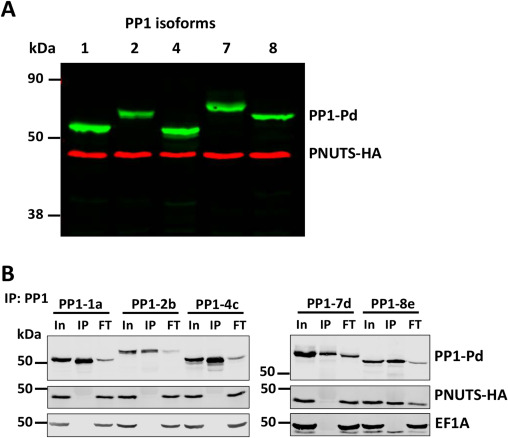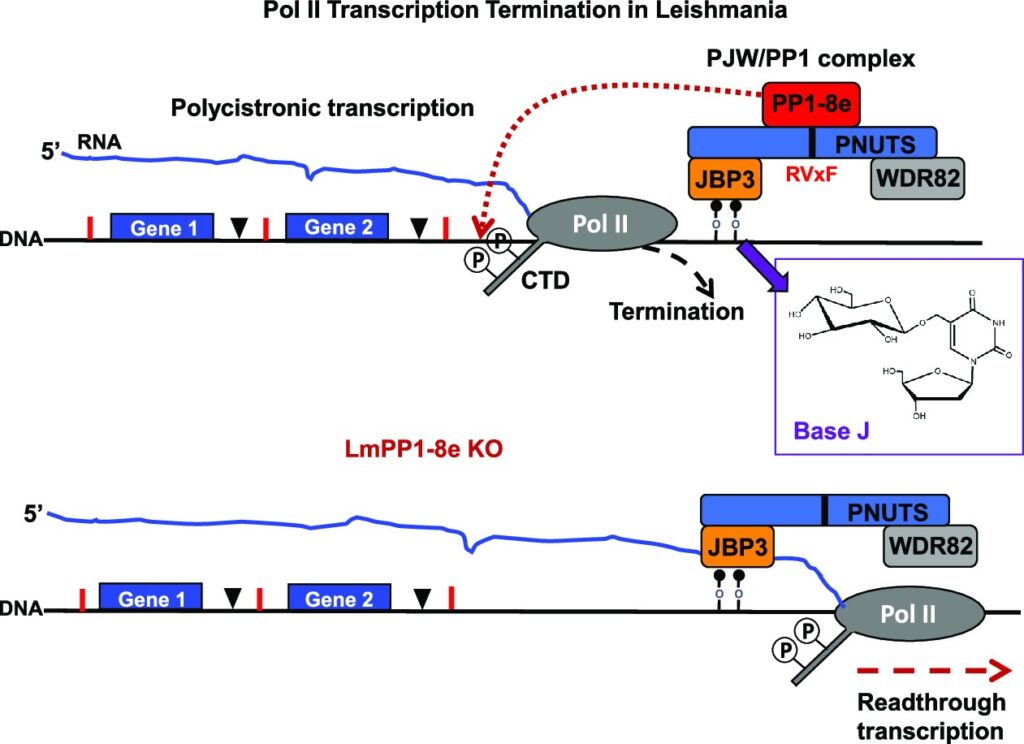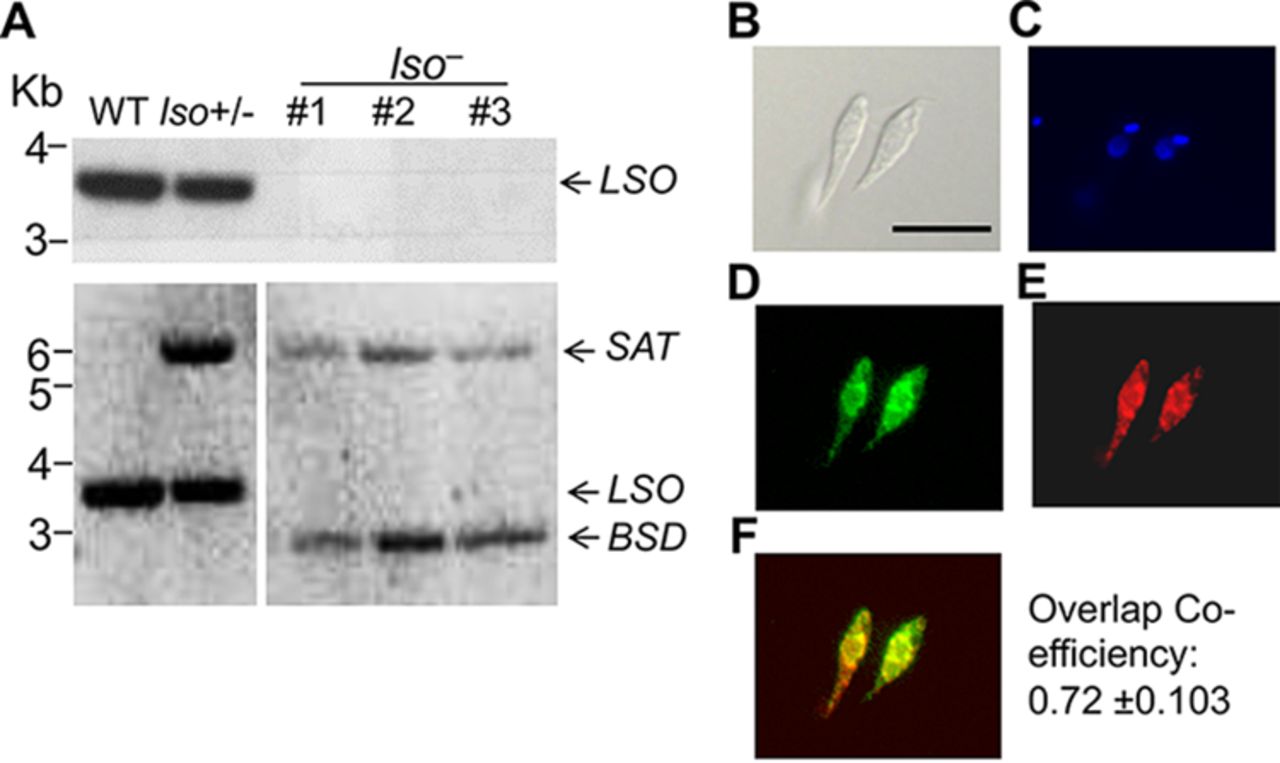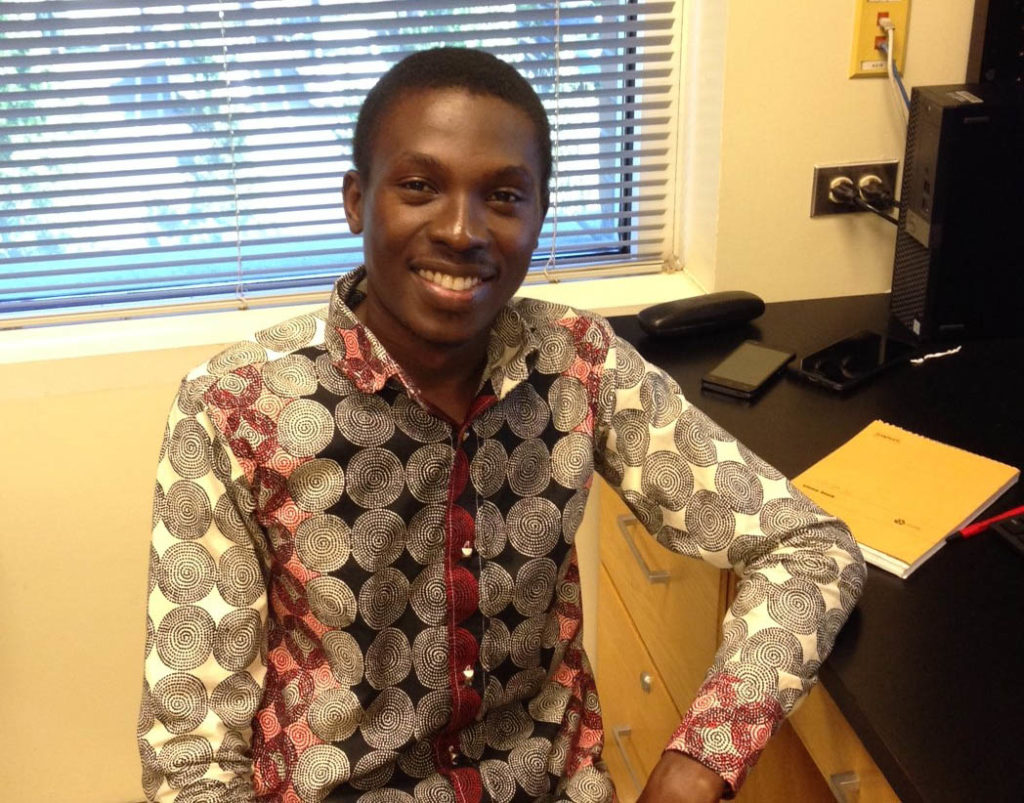Leishmania PNUTS discriminates between PP1 catalytic subunits through a RVxF-ΦΦ-F motif and polymorphisms in the PP1 C-tail and catalytic domain

PP1 phosphatases associate with specific regulatory subunits to achieve, among other functions, substrate selectivity. Among the eight PP1 isotypes in Leishmania, PP1-8e associates with the regulatory protein PNUTS along with the structural factors JBP3 and Wdr82 in the PJW/PP1 complex that modulates RNA polymerase II (Pol II) phosphorylation and transcription termination. Little is known regarding interactions involved in PJW/PP1 complex formation, including how PP1-8e is the selective isotype associated with PNUTS. Here, we show that PNUTS uses an established RVxF-ΦΦ-F motif to bind the PP1 catalytic domain with similar interfacial interactions as mammalian PP1-PNUTS and non-canonical motifs. These atypical interactions involve residues within the PP1-8e catalytic domain and N- and C-terminus for isoform specific regulator binding. This work advances our understanding of PP1 isoform selectivity and reveals key roles of PP1 residues in regulator binding. We also explore the role of PNUTS as a scaffold protein for the complex by identifying the C-terminal region involved in binding JBP3 and Wdr82, and impact of PNUTS on the stability of complex components and function in Pol II transcription in vivo. Taken together, these studies provide a potential mechanism where multiple motifs within PNUTS are used combinatorially to tune binding affinity to PP1, and the C-termini for independent binding of JBP3 and Wdr82, in the Leishmania PJW/PP1 complex. Overall, our data provide insights in the formation of the PJW/PP1 complex involved in regulating Pol II transcription in divergent protozoans where little is understood.
Yang Zhang, Robert Sabatini. J Biol Chem. 2023 Nov 3:105432. doi: 10.1016/j.jbc.2023.105432





